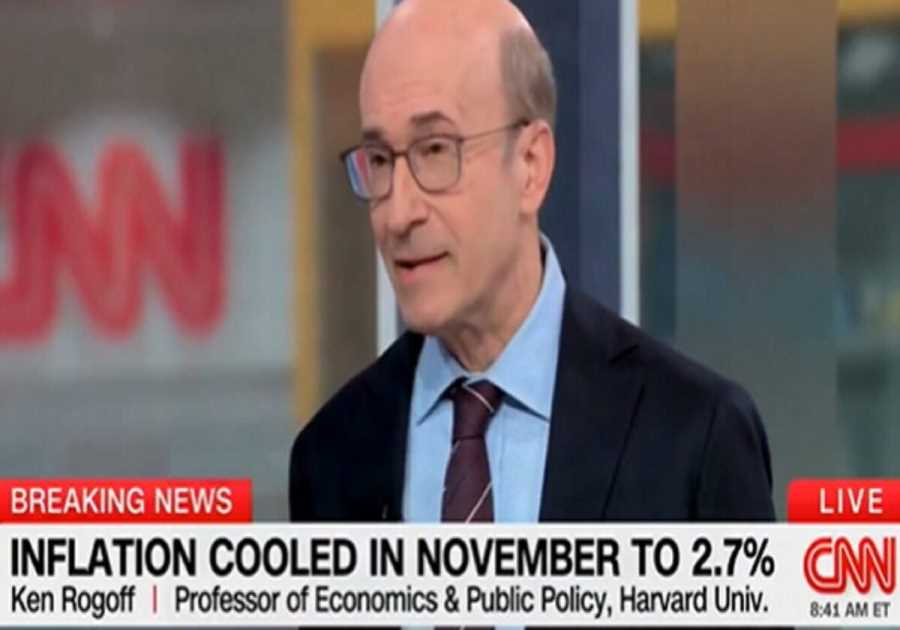joe daniel price/Getty Images
- The Midwest is falling behind other regions in terms of real wage growth.
- Median wage growth for the Midwest was just 0.4% from 2019 to 2022, compared to 5.7% in the Northeast.
- Declines in unionization and a lack of minimum wage raises have kept wage growth low.
The Midwest may have the lowest unemployment rate of any US region, but it's falling behind in raising wages for its workers.
Compared to the rest of the US, the Midwest is lagging in terms of real median wage growth, rising just 0.4% — or eight cents — from 2019 to 2022, new research from the left-leaning think tank Economic Policy Institute shows. This is in contrast to the nation's 3.1% median wage growth during the same period.
Workers in the Northeast saw a median wage growth increase of 5.7% during the three-year period, while the West rose 4.7%. The South was a bit above the Midwest at 0.9%.
This puts the median wage in the Midwest at $22.10 an hour, slightly above the South at $21.50 but well below the Northeast at $24.94 and the West at $24.01. Only half of Midwestern states experienced median wage growth since 2019, EPI found.
Though federal funding from the American Rescue Plan Act and the CARES Act helped many Midwesterners stay afloat, the Midwest "has endured years of slow wage growth, slow job growth, public-sector employment shortfalls, and declines in unionization," the report notes.
"That decline was ushered in by a period of austerity — disinvestment in the public sector, as well as in public-sector employment — trade policies that incentivized offshoring, and a host of anti-worker policies that have limited the collective bargaining power of workers and the ability of unions to secure higher wages for their members, and in turn, all workers in the region," Nina Mast, one of the study's coauthors, told Insider.
EPI argued the Midwest's wage growth lag was due to policy decisions that kept the minimum wage stagnant in six states, laws preventing some local governments from passing minimum wage increases, and legislation weakening unions. Union workers earn about 13.5% more in wages than their nonunionized peers, EPI noted.
Many Midwest cities have been experiencing a so-called "urban doom loop," as work from home has hurt the economies of downtowns including St. Louis, Indianapolis, and Minneapolis. These cities have experienced particularly slow recoveries as office space remains relatively empty.
Of all Midwestern states, only Minnesota and Illinois have median wages above the national median as of 2022, according to the EPI report. South Dakota, Missouri, Ohio, and Iowa all experienced losses in median wage from 2019 to 2022. Still, Kansas experienced over 7% median wage growth during the same period, while Nebraska was just under 7%.
Still, low-wage Midwest workers have experienced historic wage gains over the last few years — wages for those in the bottom 10% have risen 8.6% since 2019, EPI reported, coming up to $12.45 an hour. The number of workers making less than $15 an hour in the Midwest has fallen from over 28% to slightly below 15% from 2015 to 2022.
However, median-wage workers have struggled compared to other regions. This trend was similar to the three years after the start of the Great Recession in 2007. EPI argued that right-to-work laws and limits to public-sector collective bargaining rights adopted starting in 2009 left many Midwestern workers with lower wages than their peers out West.
To be sure, some believe right-to-work laws can encourage new investments that can lead to job growth, as well as give employees more autonomy to negotiate their career paths.
Even though the Midwest gained 151,700 jobs since February 2020, more than the Northeast at just 3,000, the Midwest is the only region facing a jobs deficit relative to pre-pandemic growth trends, with 116,000 fewer jobs than would have been expected from population growth based on the February 2020 employment level, EPI found.
"The Midwest has consistently had high rates of employment among prime-age workers and a low unemployment rate," Mast said. "Considering those factors, and in a tight labor market, employers need to raise wages to attract workers to industries facing employment shortfalls — like the public sector. Investing in the public sector has ripple effects that benefit the state's entire economy."
The jobs market still recovered quite fast in the Midwest, as the prime-age employment-to-population ratio — meaning those aged 25 to 54 who are currently employed — is at 82%, a bit above every other region. The Midwest's unemployment rate is at just 3.2% as of May 2023, below the national average of 3.7%.
Despite these improvements, though, racial disparities still remain high. Over 7% of Black, Asian American/Pacific Islander, and multiracial Midwesterners are unemployed, compared to 2.8% of white Midwesterners. There is also a large gender employment gap that persists, with men having an over 10 percentage point higher prime-age employment-to-population ratio than women.
The report noted how the CHIPS Act and Inflation Reduction Act could continue offering substantial employment opportunities, though without more worker protections or broader wage increases, the Midwest might fall further behind on some metrics.
"Midwestern lawmakers also need to invest in the care economy to support working families — paid sick leave and paid family and medical leave, making child care more affordable for families and supporting child care providers — and expand the social safety net," Mast said.
Read More
By: [email protected] (Noah Sheidlower)
Title: The Midwest is getting left behind as the rest of America sees big raises
Sourced From: www.businessinsider.com/midwest-st-louis-lower-wage-increase-2023-10
Published Date: Tue, 24 Oct 2023 10:02:01 +0000
.png)





